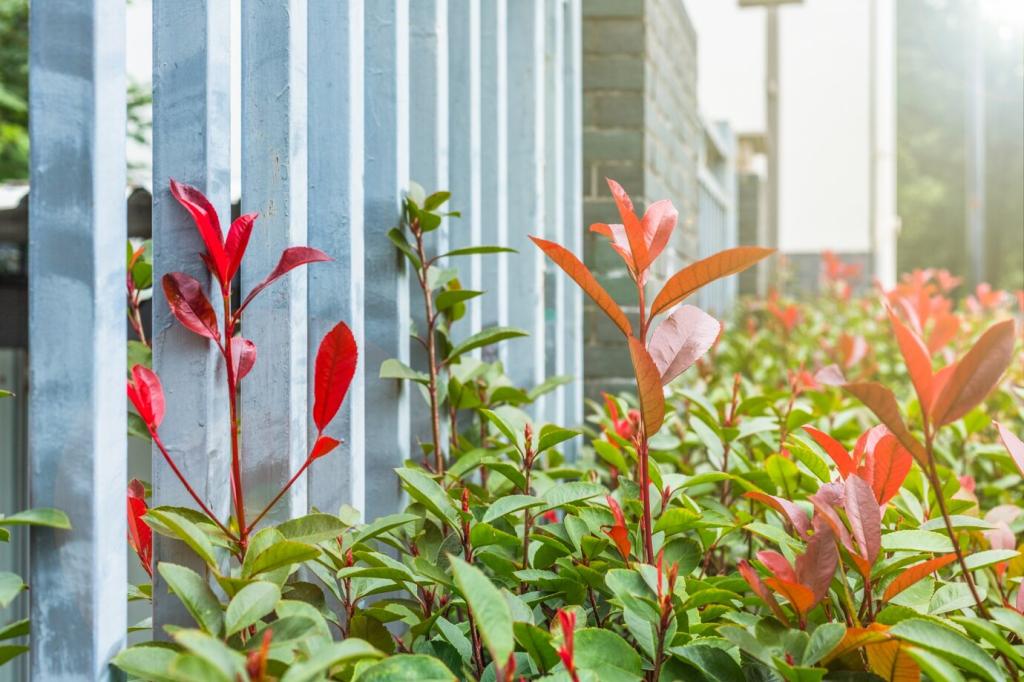
Sustainable Design Techniques for Modern Apartments
Embracing sustainable design in modern apartments is essential for reducing environmental impact, improving indoor comfort, and creating healthier living environments. By integrating eco-friendly practices into the design and construction of apartments, residents can benefit from lower utility costs, healthier interiors, and a reduced carbon footprint. This guide covers essential techniques and innovative approaches that help make urban living both stylish and sustainable.
Energy-Efficient Solutions
High-Performance Insulation
High-performance insulation is a cornerstone of sustainable apartments. By carefully choosing materials such as cellulose, sheep’s wool, or recycled denim, designers achieve superior thermal regulation while reducing reliance on non-renewable resources. Effective insulation keeps heat out during the summer and retains warmth in the winter, greatly decreasing the need for artificial heating and cooling. This not only results in energy savings and cost effectiveness but also enhances the overall indoor comfort for apartment dwellers.
Smart Windows and Glazing
Smart window technologies and double or triple glazing are revolutionizing the way modern apartments manage light and temperature. These windows are designed to reflect unwanted solar gain, maintain privacy, and allow the ideal amount of natural daylight into the living space. Low-emissivity coatings further reduce heat transfer, ensuring rooms remain comfortable throughout the year. By maximizing natural light while controlling indoor temperature, these solutions significantly lower energy demands and promote a brighter, healthier environment.
Efficient Lighting Systems
Transitioning to efficient lighting systems, such as energy-saving LED fixtures and intelligent lighting controls, is a vital aspect of sustainable living. Integrating motion sensors and dimmers enables residents to personalize illumination levels, ensuring lights are used only when needed. These advancements contribute to substantial energy savings over time, prolong the lifespan of lighting components, and reduce maintenance requirements, all while creating a modern and inviting atmosphere in apartment interiors.

Previous slide
Next slide
Indoor Environmental Quality
Designing apartments for optimal airflow reduces reliance on mechanical ventilation, resulting in cleaner air and lower energy consumption. Carefully positioned operable windows, transoms, and cross-ventilation corridors allow fresh air to circulate through the living spaces. These strategies help regulate humidity, expel indoor pollutants, and deliver a constant supply of oxygen, all of which contribute to a more comfortable and healthier apartment environment.

